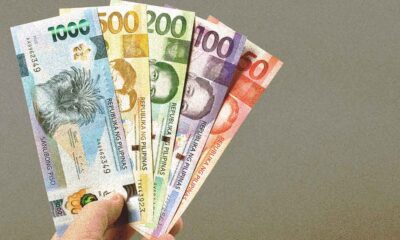Business
Spotting Fake Check Scams and How to Avoid Them
With the rise of online payments and digital money transfers, checks sound like a thing the past that nobody uses these days, but according to the Federal Reserve Payments, billions of checks are still being processed to this day.
How do these scams happen anyway?
Scammers these days are very clever and use high quality printers and scanners that produce clear and quite realistic-looking checks with the details such as watermarks, texts and numbers looking authentic.
Fake checks are striving greatly these days with how scammers are takking advantage of their victims’ curiosity and vulnerability. Spotting a fake check can be tricky.
Here are some tips that you should know to what’s real and what’s a scam:
● Paper – Always check for the paper’s quality. Fake checks are often lighter and slippery.
● Bank Logo – Fake ones either have no logo or a poor-quality copy of the original one.
● Signature – Often stains and gaps give away the fake ones. Forged signatures can be recognized with how unusual they look from the original signature.
● Edges – If all edges are smooth, it’s a scam. Most legit checks have one or two rough edges.
● Routing Number – A check with few routing numbers is clearly a scam. Best verify the routing number with your bank.
What you can do to avoid and prevent check scams:
● Call someone you wholly trust or a bank to double check it for you
● Reject offers that ask you to pay for a prize when it’s free
● Don’t send money back if they ask you to
● Don’t accept a check that’s more than your selling price
● If you spot this scam, report it immediately

































